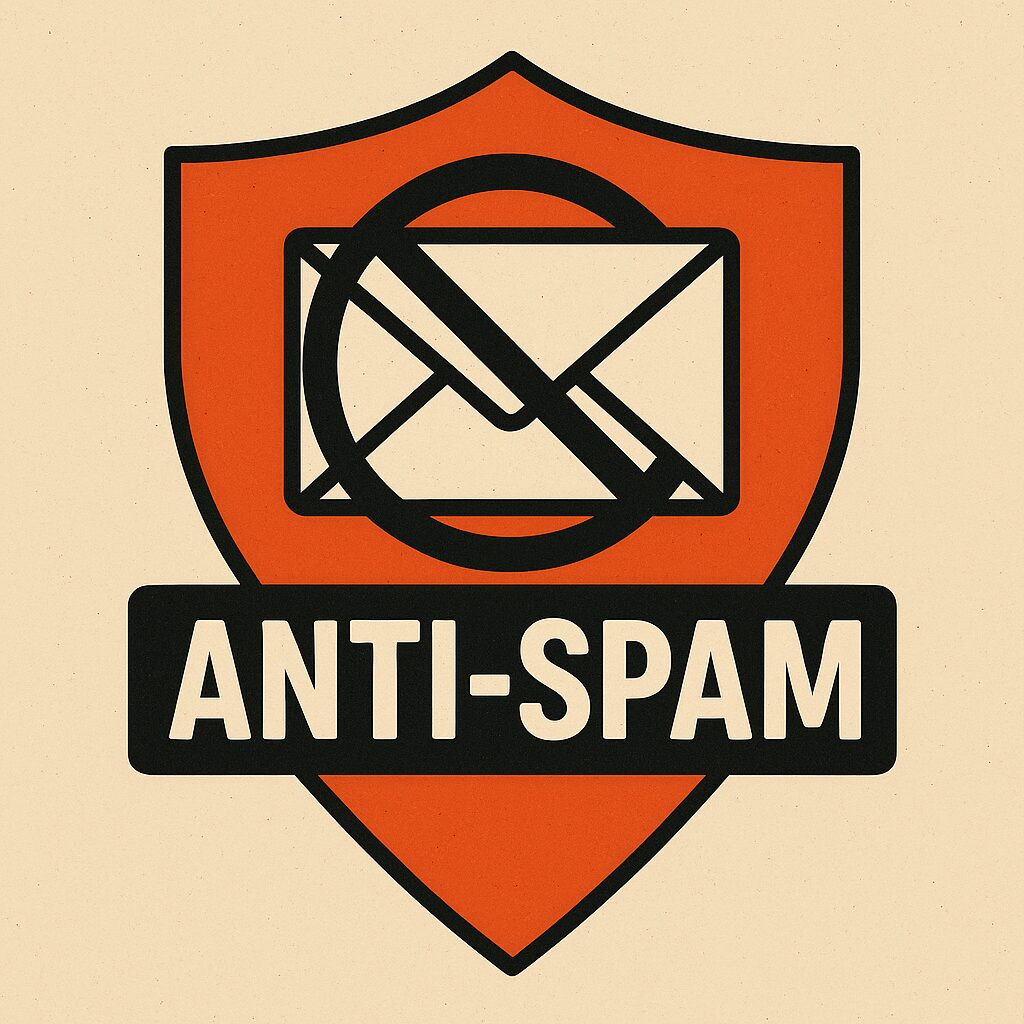How to prevent spam in wordpress forms
🔒 1. Enable Honeypot Fields
- Add a CAPTCHA (Completely Automated Public Turing test to tell Computers and Humans Apart) to your forms:
- Google reCAPTCHA v2 or v3 (widely used)
- hCaptcha (privacy-focused alternative)
- Most form plugins support these:
- Contact Form 7 – Supports reCAPTCHA
- WPForms – Supports reCAPTCHA, hCaptcha
- Gravity Forms – reCAPTCHA, hCaptcha add-ons available
🧠 2. Enable Honeypot Fields
Honeypots are hidden fields that bots tend to fill out—but humans can’t see them.
Many form plugins like WPForms, Ninja Forms, and Formidable Forms have built-in honeypot protection.
🕒 3. Limit Form Submissions
Prevent bots from bombarding your forms by rate-limiting:
- Use plugins like WP Limit Login Attempts or advanced firewall rules to throttle submissions.
- 🧹 4. Use an Anti-Spam Plugin
Install a plugin specifically designed to prevent spam: - Akismet (built-in with WordPress, good for comment and form spam)
- Antispam Bee
- CleanTalk – Works with many form plugins
✋ 5. Require User Registration or Login
Restrict form access to logged-in users if appropriate:
Useful for member-only websites or internal submissions.
🎛️ 6. Disable Trackbacks and Pingbacks
These are common spam vectors, especially for comment forms:
Go to: Settings > Discussion > “Allow link notifications” – uncheck this option.
🧱 7. Use a Security Plugin with Spam Features
Consider security suites that include spam protection:
- Wordfence
- Sucuri
- iThemes Security
✅ 8. Recommended Combo for Most Sites:
- Use Google reCAPTCHA v3
- Enable honeypot in your form plugin
- Use Akismet for backend filtering




